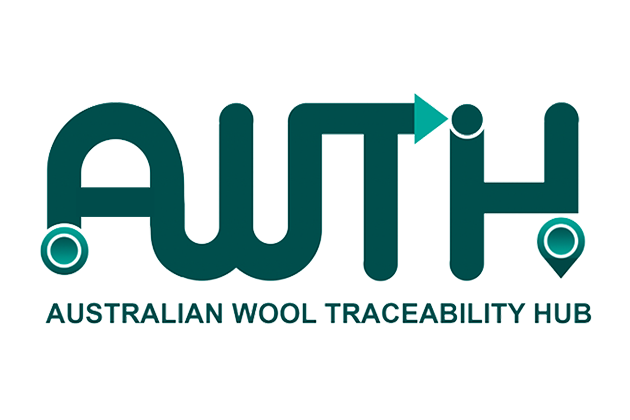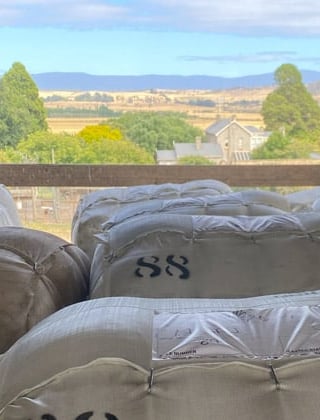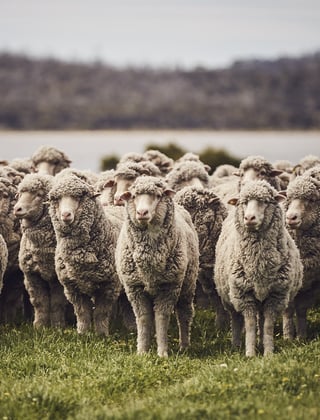Welcome to Australian Wool Innovation, a hub for the woolgrowers of Australia.
Not a woolgrower? Looking for information about wool products, wool care or wool processing?
The Woolmark Company is the global authority on wool. Visit Woolmark.com instead.
Launch of Australian Wool Traceability Hub

The Australian Wool Traceability Hub, a platform designed to enhance traceability across the Australian wool supply chain, has been officially launched and is now available to woolgrowers as well as wool sellers and buyers.
An industry-owned and -led initiative, the Australian Wool Traceability Hub (the Hub) was officially launched on 29 July. The Hub is an essential tool for the Australian wool industry to get ahead of the curve when it comes to Australian wool’s Emergency Animal Disease (EAD) response plan as well as commercial traceability from farm to first stage processor.
The Hub represents a significant industry collaboration, bringing together industry bodies including the Australian Council of Wool Exporters and Processors (ACWEP), Australian Wool Exchange (AWEX), Australian Wool Handlers (AWH), Australian Wool Innovation (AWI), Australian Wool Testing Authority (AWTA), National Council of Wool Brokers of Australia (NCWBA) and WoolProducers Australia (WPA).
“Through the Hub, we are reinforcing the industry's dedication to transparency and responsible practices,” said AWI CEO, John Roberts. “The Hub will serve as a testament to our collective efforts to maintain the integrity and trust that Australian wool is known for worldwide.”
The Hub will provide a digital platform to track the journey of wool from farm to first stage processor, ensuring a chain of custody and provenance.
“The Hub will leverage Australia’s world-leading wool identification and traceability technologies, WoolClip and eBale,” said AWEX CEO, Mark Grave. “WoolClip is the on-farm digital data capture tool for Australian woolgrowers which easily allows growers to scan eBales at the source of origin and record each bale’s unique identifying number. With continued adoption and use of eBale and WoolClip, woolgrowers can be key contributors to Australian wool’s traceability data that will enable the Hub.”
The woolgrower’s Property Identification Code (PIC) will be an essential requirement of the Hub. “The PIC is the starting point for the whole traceability pathway: where was this wool produced?” said President of the NCWSBA, Rowan Woods. “The wool industry is competing for market share, and to be a viable competitor in that market, we must confidently be able to start the whole process by proudly declaring where the wool came from. The PIC does that.”
The Hub also aims to assist industry and government manage potential EAD outbreaks in a quicker and more efficient manner, by providing the location of wool from the farm to the wool store, wool dump or shipping containers and all the way to processing locations.
It is anticipated that more than 90% of bales will be able to be traced using the Hub by July 2025.
The nation’s wool testing authority AWTA will manage and operate the Hub on behalf of the industry, overseen by Wool Industries Australia Inc.
More information: www.awth.com.au
This article appeared in the September 2024 edition of AWI’s Beyond the Bale magazine. Reproduction of the article is encouraged.















